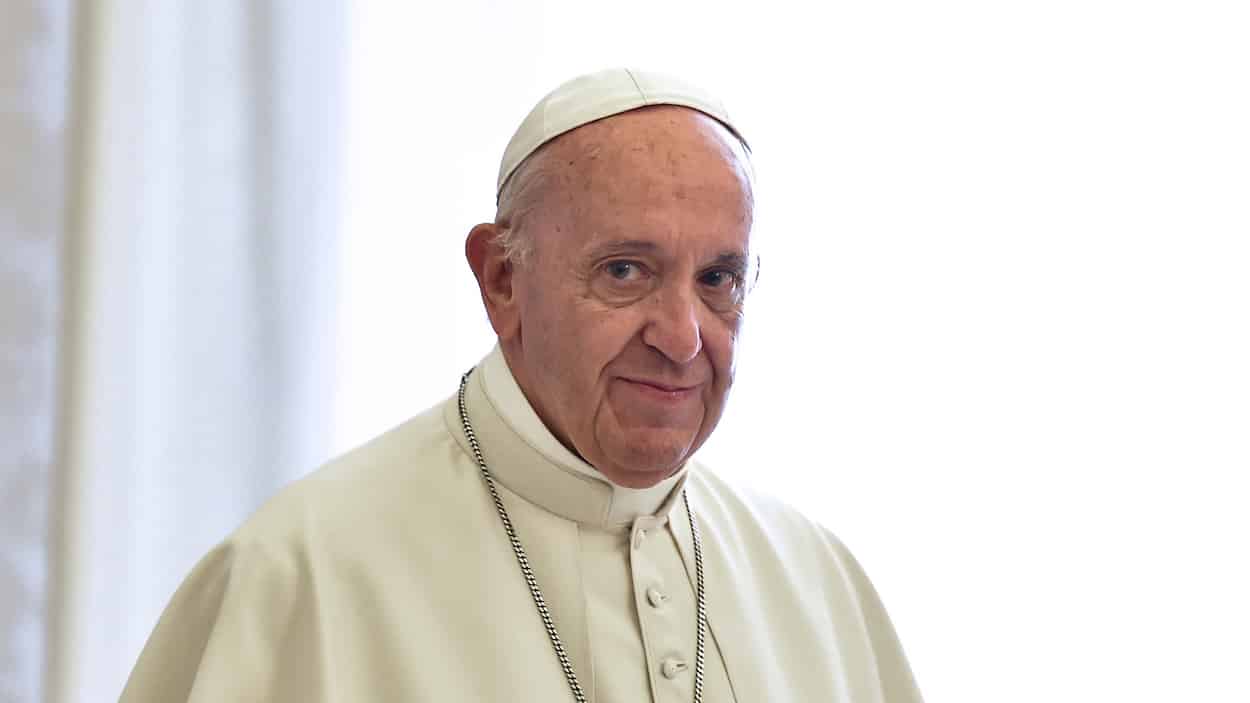The Catechism of the Catholic Church has recently revised its teaching on capital punishment (section 2267). The new section, approved by Pope Francis, replaces the section written by Pope John Paul II. The following excerpts illustrate the main differences.
Pope John Paul II: The Church does not exclude recourse to the death penalty, if this is the only possible way of effectively defending human lives against the unjust aggressor. . . If, however, non-lethal means are sufficient to defend and protect people’s safety from the aggressor, authority will limit itself to such means, as these are more in keeping with the concrete conditions of the common good and more in conformity to the dignity of the human person. Today . . . the cases in which the execution of the offender is an absolute necessity “are very rare, if not practically none.”
Pope Francis: The death penalty . . . was long considered an appropriate response to the gravity of certain crimes and an acceptable, albeit extreme, means of safeguarding the common good. Today, however, there is an increasing awareness that the dignity of the person is not lost even after the commission of very serious crimes. In addition, a new understanding has emerged of the significance of penal sanctions imposed by the state. Lastly, more effective systems of detention have been developed, which ensure the due protection of citizens but, at the same time, do not definitively deprive the guilty of the possibility of redemption. Consequently, the Church teaches, in the light of the Gospel, that “the death penalty is inadmissible because it is an attack on the inviolability and dignity of the person,” and she works with determination for its abolition worldwide.
Understandably, revisions of any such teaching will receive close attention by moral theologians and ethicists so that they can formulate meaningful explanations for, and answer inquiries from, those who teach the faith and those who depend on it in their activities as citizens. Among the questions to be addressed are the following:
“Increasing awareness that the dignity of the person is not lost even after the commission of very serious crimes.” Was not this awareness long present in the philosophical and theological views of the Church? What has occasioned its increase?
“A new understanding has emerged of the significance of penal sanctions imposed by the state.” What is this new understanding and what is its significance? Are the penal sanctions imposed only in some countries, such as dictatorships? If so, how does this understanding apply to societies with more enlightened justice systems that protect criminals from unfair treatment?
“More effective systems of detention have been developed, which ensure the due protection of citizens but, at the same time, do not definitively deprive the guilty of the possibility of redemption.” Are the new systems effective in protecting citizens? More specifically, is the effectiveness a theoretical matter of design only, or also a practical matter of application? For example, are the options for pardon and early release restrictive enough to ensure that dangerous criminals will not be released irresponsibly and thereby cause risk to the safety of the general public?
Also, have the means of detention been improved in all societies or only in politically and jurisprudentially advanced ones? If only the latter, should the new teaching be understood to mean, the death penalty is inadmissible wherever the protection of the general public is guaranteed, but not elsewhere? Similarly, is the reference to “possibility of redemption” in the new teaching to be understood in the spiritual sense or the social sense? (This question is relevant because, though the death penalty deprives one of social redemption—being able to redirect one’s life and make amends—no penalty, including the death penalty, can ever deprive one of spiritual redemption.)
In addition to asking the above questions, moral theologians and ethicists will also seek to clarify the information the world’s bishops received from Cardinal Luis Ladaria on the new teaching.
In the conclusion of his letter to the bishops, Cardinal Ladaria stated that the new teaching “expresses an authentic development of doctrine that is not in contradiction with the prior teachings of the Magisterium,”and that “understanding of the inadmissibility of the death penalty grew ‘in the light of the Gospel.’”
The moral theologians and ethicists will no doubt seek clarification of how the new teaching is “not in contradiction with the prior teachings” when it says “the death penalty is inadmissible” and the old teaching says it is admissible under certain circumstances. In addition, they will seek a fuller grasp of how the “light of the Gospel” increased the Magisterium’s understanding beyond the understanding of Pope John Paul II.
As these questions are addressed and the new Catholic teaching on the death penalty is more deeply understood, the clergy will be better able to reflect it in their pastoral work, and the laity to express it in the public square.
Copyright © 2018 by Vincent Ryan Ruggiero. All rights reserved







